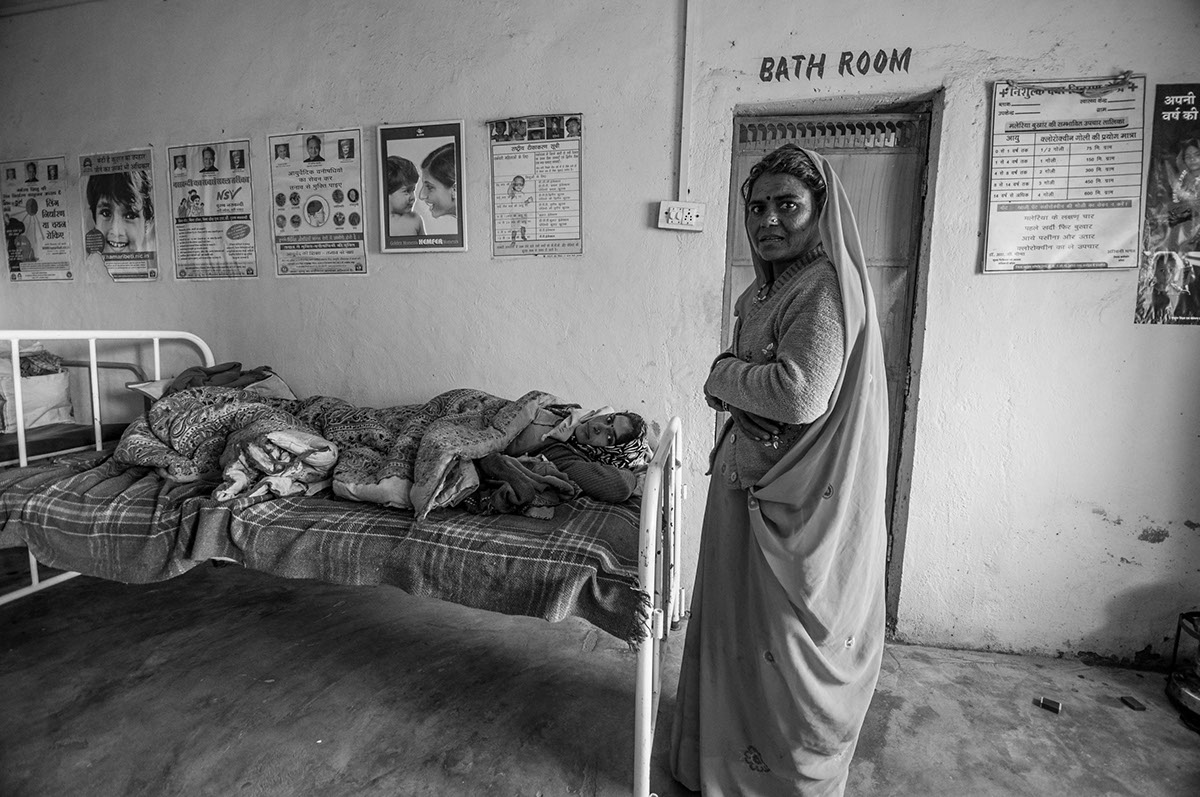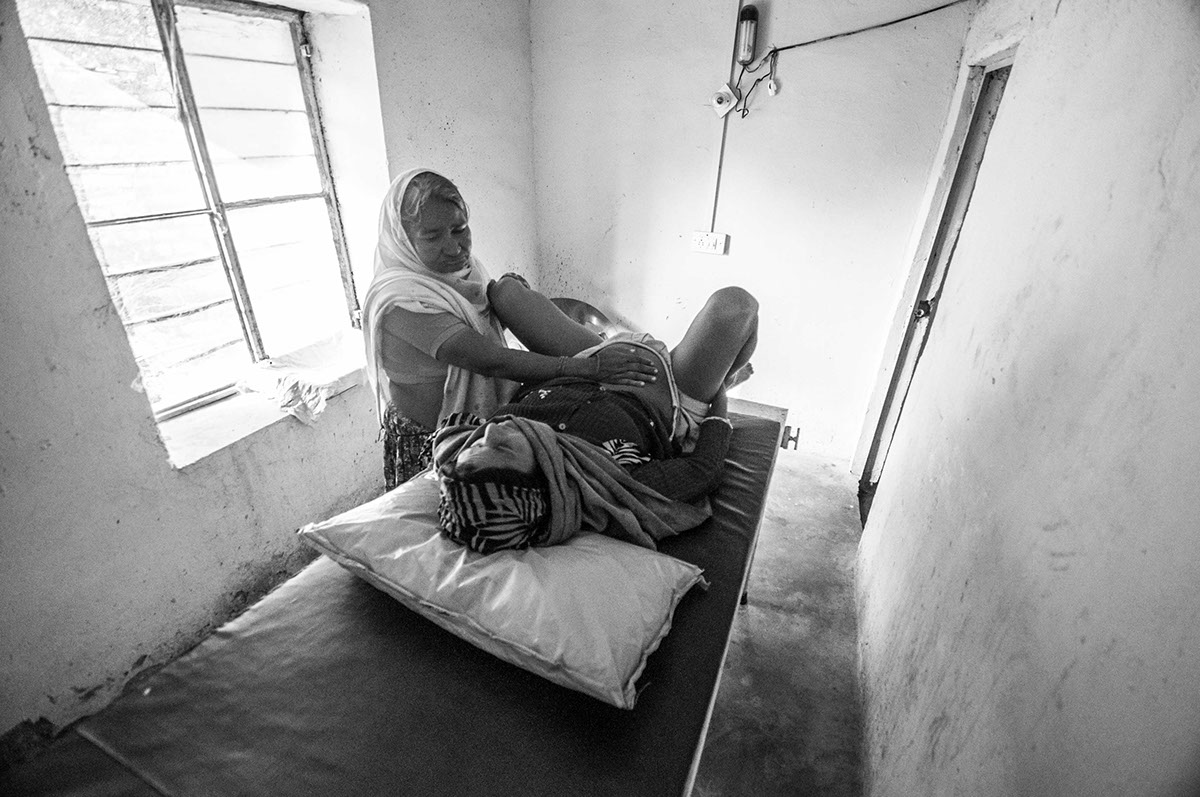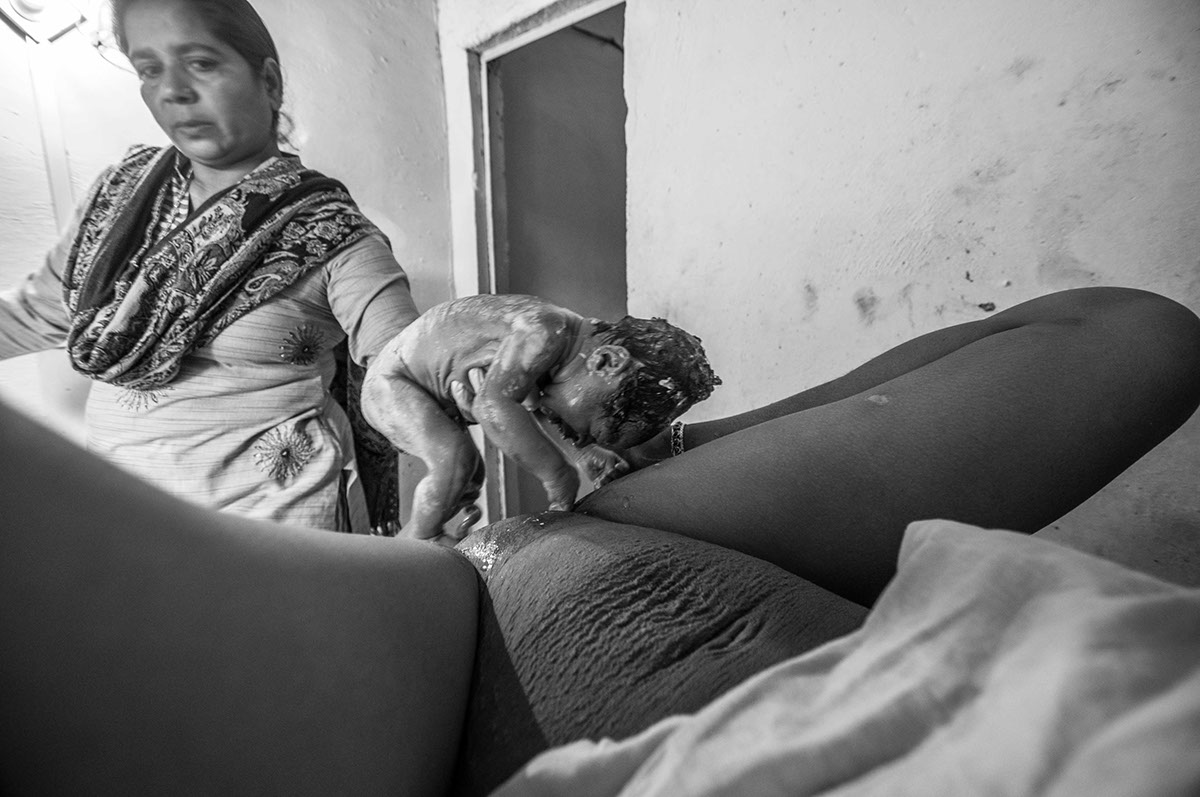An Annual Health Survey is done by the Office of Registrar General of India, which carries out state-wise Sample Registration Survey every year. National Rural Health Mission (NRHM) has programmes to reduce child and maternal mortality by improving healthcare delivery in rural areas.
The infant mortality rate (IMR) is the number of deaths of infants under one year old per thousand live births. This rate is often used as an indicator of the level of health in a country.
We know, that undertaking infant mortality is not easy. The survival of a newborn hinges on several factors, right from the mother’s age, health, nutrition and birth intervals to access to healthcare and protection of the child from diseases like diarrhea and sepsis.
The success stories found in Rudraprayag and Kota districts show us how they managed to achieve a low infant mortality rate with the constant presence of healthcare workers, even in the remote pockets.
[An assignment Sonal Matharu and I did for Center for Science and Environment.]
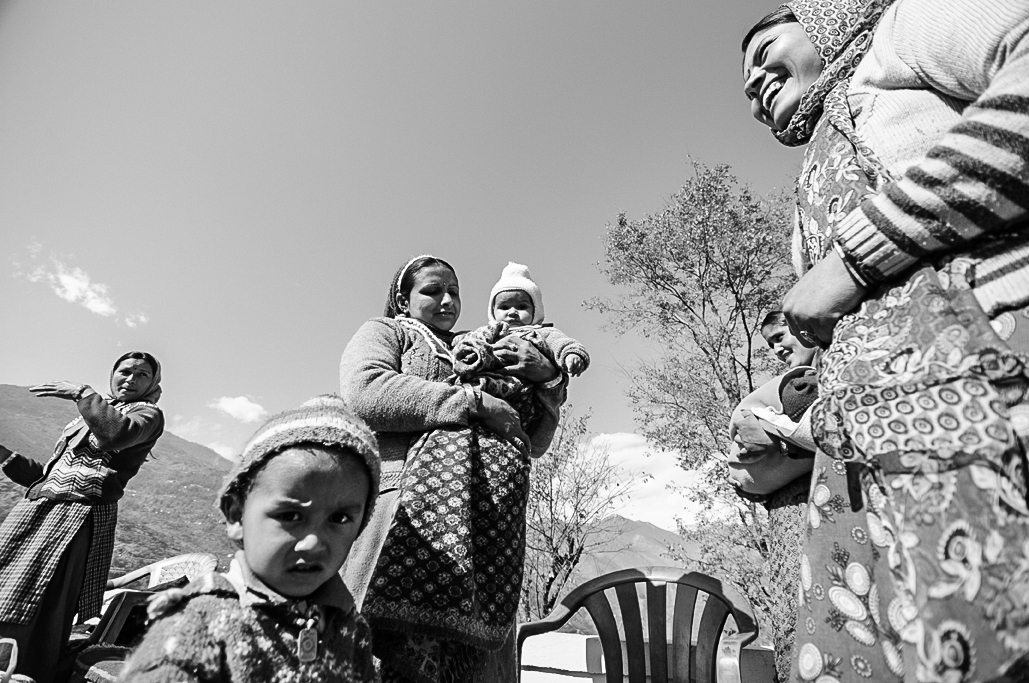
In Rudraprayag, where the tough terrain creates a barrier between the healthcare system and people, dais or traditional midwives are the saviours.



What seems to be working in these areas are ASHAs (Accredited Social Health Activists), appointed under NRHM, and rural health workers like ANMs (auxiliary nurse midwives) appointed by the district administration.





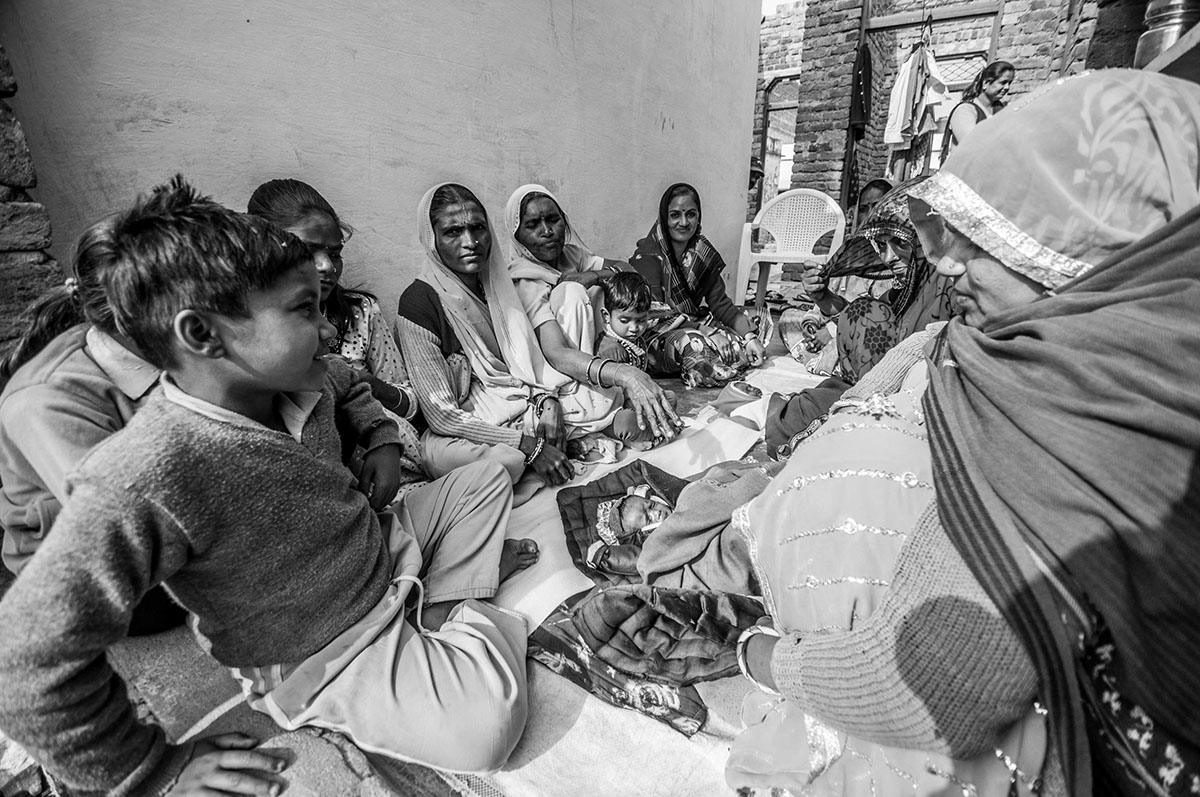
IMR is the single most important indicator of development of a community. Putting more money on strengthening rural health workers should be on the mind of policymakers for the 12th Five Year Plan. Kota has a low IMR thanks to economic development and education centres.
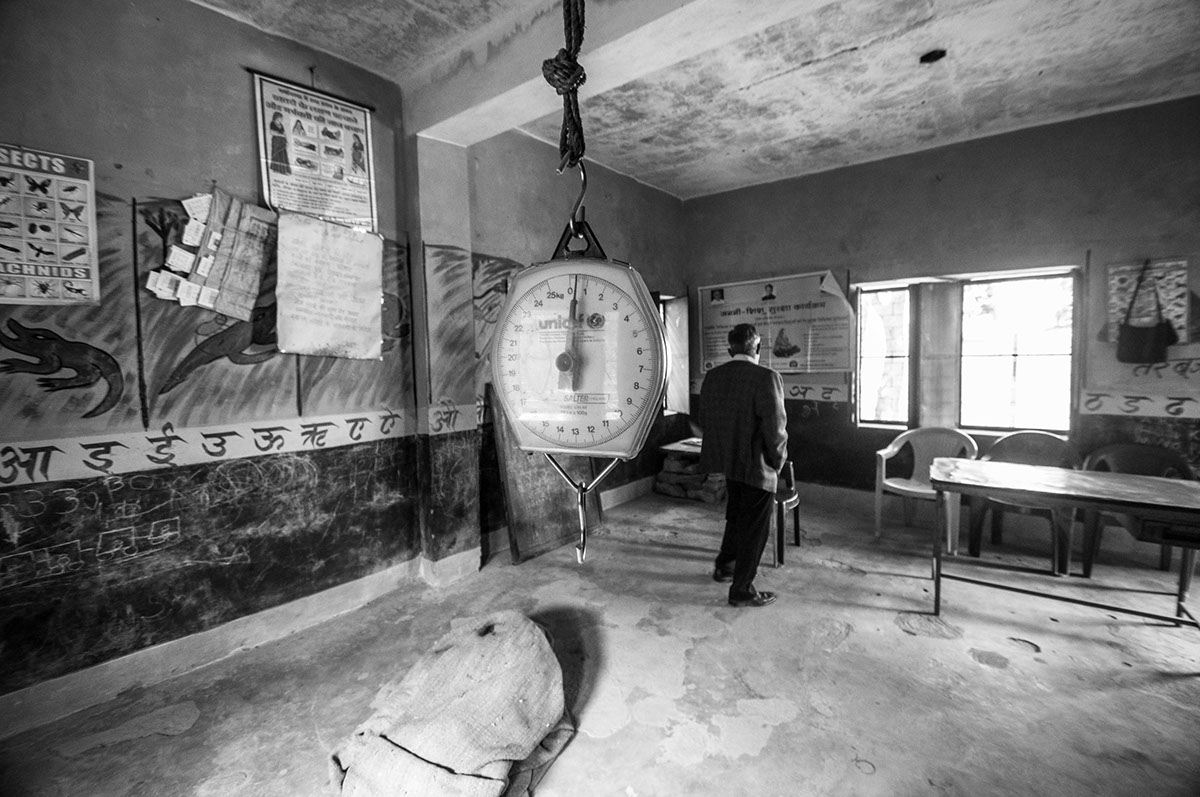

Nearly 50 per cent of the infant mortality is linked to nutrition-deficiency of both the mother and the child. Thus the nutritious food provided through anganwadis plays a vital role in maternal and child health.
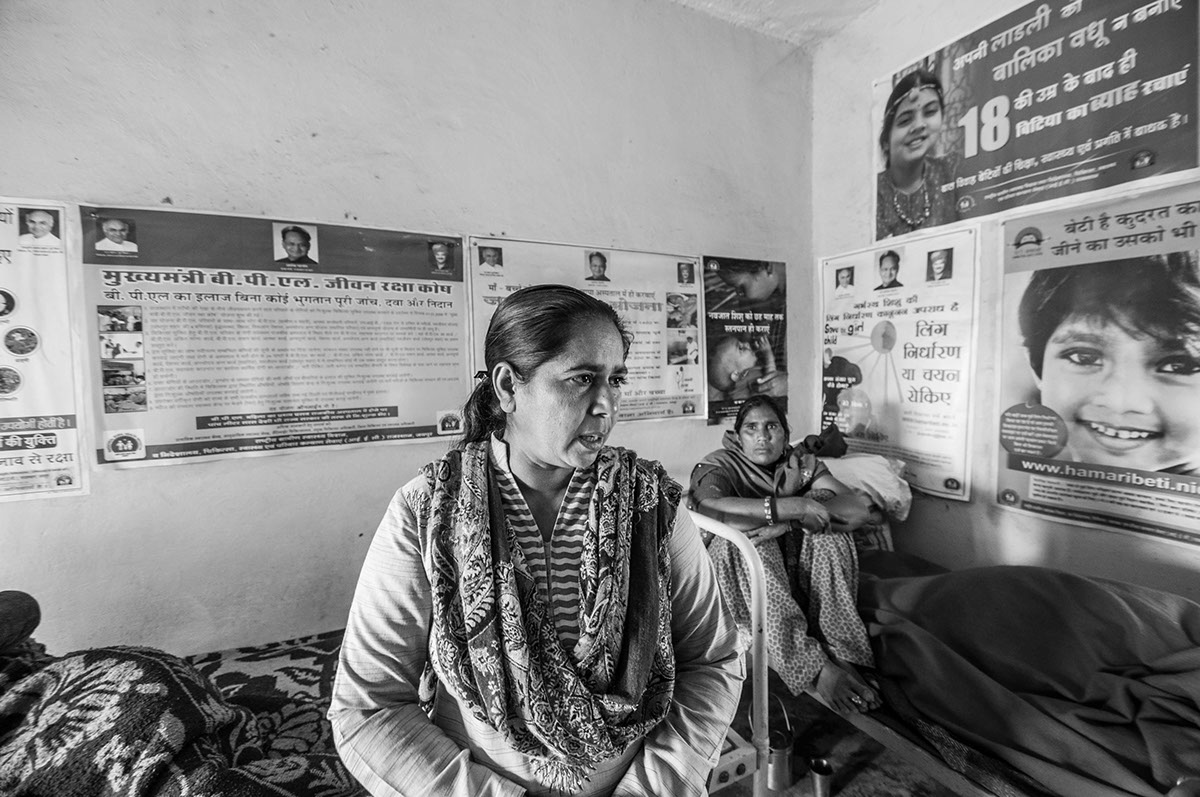
An ASHA is supposed to cater to a population of 1,000, where she tracks the health of young mothers and children, ensures institutional delivery and vaccination, coordinates with anganwadi for nutrition and spreads awareness. For all the work she gets performance-based incentives: Rs 200 for ensuring institutional delivery and Rs 50 a month for vaccination of a child, for instance. An assessment by the Department of Health of Chhattisgarh last year shows that on an average a mitanin gets about Rs 200 as incentive a month. In Kota, ASHA sahyoginis are fortunate. Before being roped into ASHA, they were working as anganwadi helpers and still continue to be paid Rs 1,000 by the Union ministry of child development.
